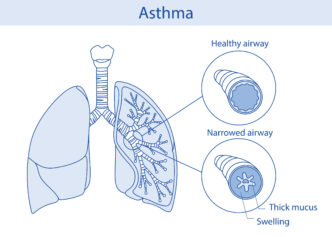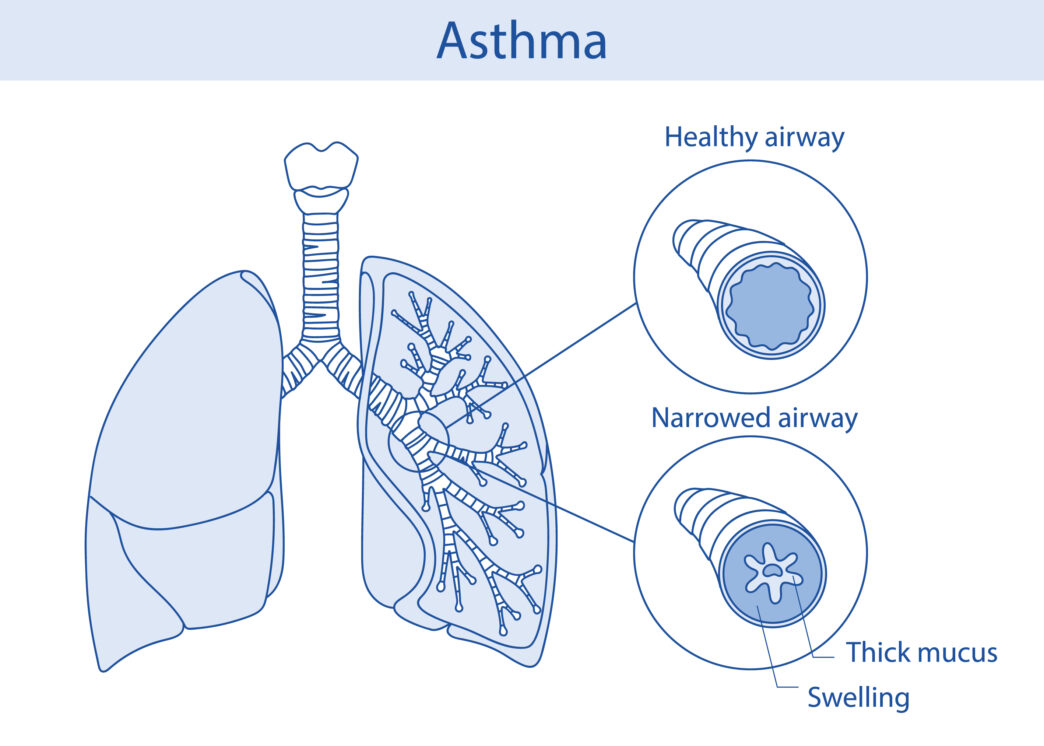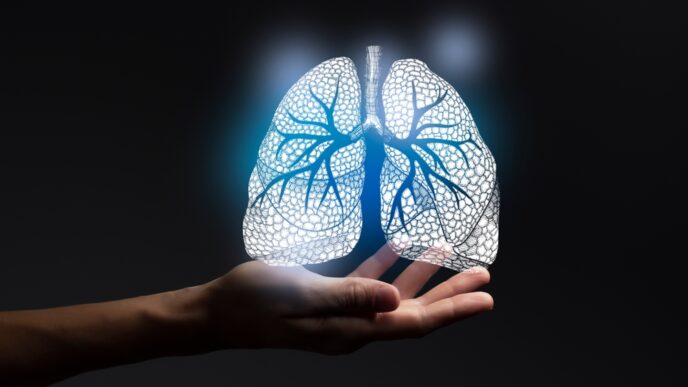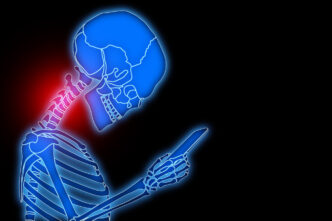Think asthma is just about wheezing? It’s a little more complicated than that. Dr Lim Eu Jack breaks down what asthma really is, what triggers it, and how you can keep it under control — without giving up exercise or the things you love.
WORDS LIM TECK CHOON
 FEATURED EXPERT FEATURED EXPERTDR LIM EU JACK Consultant Emergency Physician Sunway Medical Centre |
When you’re tired, it’s not unusual to feel a little short of breath or cough now and then.
However, if it keeps happening or if you notice chest tightness and a whistling sound when you breathe — it might be more than just fatigue.
It could be asthma.
WHAT IS ASTHMA, REALLY?
Asthma is a long-term or chronic condition where inflammation causes your airways to narrow, making it harder to breathe.
The result is symptoms like:
- Breathlessness
- Coughing
- Chest tightness
- Wheezing
According to Dr Lim Eu Jack, asthma isn’t something you’re born with, but it can develop at any stage of life.
“Asthma attacks can happen to children, teenagers, and adults. People with a family history of asthma, allergic rhinitis, or eczema are at a higher risk of developing asthma over time,” he explains.
WHAT CAN TRIGGER ASTHMA?
Not all asthma is the same.
The type of symptoms one has depends on what sets off their symptoms.
Common triggers include:
- Allergens like pollen, dust mites, or animal fur
- Environmental factors such as air pollution, cold weather, or smoke
- Occupational irritants like chemicals, sawdust, or debris
- Physical activity that is too intense for the person
- Respiratory infections
- Pregnancy
RECOGNIZE THE WARNING SIGNS
When exposed to these triggers, asthma symptoms can show up as difficulty breathing, a persistent cough, wheezing, or — in more serious cases — bluish lips and confusion due to a lack of oxygen.
To diagnose asthma and rule out other conditions, a respiratory specialist may recommend a spirometry test to check lung function and airway health.
|
“Asthma attacks can last minutes, hours, or even days,” says Dr Lim.
He adds: “The severity depends on how long a patient remains exposed to their trigger. For example, if someone sensitive to dust continues to work at a construction site, their symptoms might persist or worsen.”
HOW IS ASTHMA TREATED?
Avoid Triggers
The first step in managing asthma is avoiding known triggers, which means giving up smoking or vaping if you haven’t already.
Get the Right Treatment
While asthma can’t be cured, the good news is it can be controlled with the right treatment.
The Global Initiative for Asthma (GINA) guidelines recommend two main types of inhalers for asthma patients:
- Controller or preventer inhalers to reduce inflammation in the airways and need to be taken regularly, even when you feel fine.
- Reliever or rescue inhalers, typically blue in colour, provide quick relief during an asthma attack by widening the airways.
Both types often come with metered doses for easy monitoring.
WHY GOOD MANAGEMENT IS ESSENTIAL
Uncontrolled asthma isn’t just inconvenient, it can be life-threatening.
A severe asthma attack, called status asthmaticus, can:
- Block airflow to the lungs
- Cause respiratory failure
- Dangerously lower oxygen levels in the blood
Although asthma doesn’t directly weaken your immune system, poor asthma control can impair lung function over time and increase the risk of infections.
CAN YOU STILL EXERCISE WHEN YOU HAVE ASTHMA?
Yes, and you should!
“In fact, with proper management and a good warm-up, exercise can strengthen respiratory muscles, improve heart health, and help maintain a healthy weight,” Dr Lim explains.
He also recommends a balanced diet rich in antioxidants, vitamin D, and omega-3 fatty acids from sources like salmon, chia seeds, and flaxseeds to support overall well-being.
| This article is part of our series on asthma and its management. |














